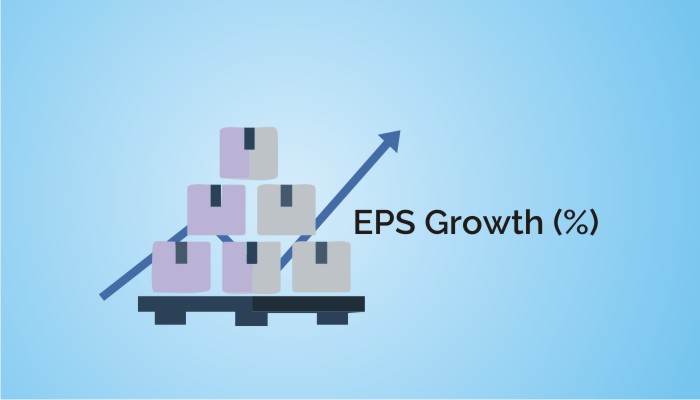Competitive Intelligence: A Key Strategy for Business Success
Table of Contents
ToggleWhat is Competitive Intelligence?
Competitive Intelligence (CI) refers to the process of gathering, analyzing, and utilizing information about the competition to inform business decision-making. Unlike industrial espionage or unethical practices, CI focuses on collecting publicly available data and insights from legitimate sources to better understand the competitive landscape. This includes tracking competitors’ strategies, monitoring market trends, analyzing consumer behavior, and identifying new opportunities for growth.
CI is not just about gathering information but about deriving actionable insights that can drive informed business strategies. It plays a crucial role in helping organizations make data-driven decisions, anticipate competitor moves, and innovate proactively.
The Importance of Competitive Intelligence
-
Identify Market Opportunities: https://romanbusiness.com/ enables businesses to spot emerging trends and untapped markets, giving them the opportunity to capitalize on these areas before their competitors.
-
Mitigate Risks: By staying informed about industry shifts, regulatory changes, and competitor activities, CI helps businesses anticipate potential threats and mitigate risks in advance.
-
Enhance Decision-Making: With accurate and timely insights, businesses can make informed decisions related to pricing, marketing, product development, and expansion. CI ensures that decisions are based on real data rather than assumptions.
-
Improve Product and Service Offerings: Understanding competitors’ strengths and weaknesses allows businesses to improve their own products and services, ensuring they meet market demands better than the competition.
-
Gain Competitive Advantage: The ability to track and understand competitors’ strategies allows businesses to stay one step ahead, whether in terms of product features, pricing, or customer engagement. This creates a sustainable competitive advantage.
Key Components of Competitive Intelligence
Competitive Intelligence involves several key activities that help businesses gather and analyze valuable data. These components include:
1. Competitor Profiling
Competitor profiling is the process of creating detailed profiles of your competitors. This includes gathering information about their business strategies, products or services, target markets, strengths, weaknesses, and key differentiators. This data is invaluable for identifying areas where your business can outperform the competition.
2. Market Research and Analysis
Market research is essential for understanding industry trends, consumer behavior, and competitor movements. By conducting surveys, interviews, focus groups, and analyzing secondary data sources, businesses can gain insights into what drives customer preferences and how competitors are responding to market demands.
3. SWOT Analysis
A SWOT analysis (Strengths, Weaknesses, Opportunities, and Threats) helps businesses evaluate their own position relative to competitors. By assessing internal strengths and weaknesses alongside external opportunities and threats, businesses can develop strategies that play to their advantages while addressing areas of improvement.
4. Social Media Monitoring
Social media platforms provide a wealth of information about competitors, customer sentiments, and emerging trends. Social media monitoring tools allow businesses to track conversations, mentions, and reviews related to their competitors, giving real-time insights into market dynamics.
5. Competitive Benchmarking
Benchmarking involves comparing your business’s performance against key competitors in areas such as product quality, customer service, and financial performance. By identifying where your business excels and where there is room for improvement, benchmarking can drive strategic changes.
Tools and Techniques for Competitive Intelligence
Several tools and techniques can help businesses effectively collect and analyze competitive intelligence. Here are some of the most commonly used methods:
- Web Scraping: Automated tools can be used to extract data from competitor websites, product listings, and news articles to monitor their activities.
- Business Intelligence Software: Platforms like Tableau, Power BI, and SEMrush offer robust data analytics capabilities, enabling businesses to track competitors’ market share, pricing strategies, and online presence.
- Surveys and Feedback: Directly engaging customers and stakeholders can provide valuable insights into competitor strengths and weaknesses.
- Industry Reports and Publications: Reports from market research firms, trade journals, and industry publications offer in-depth analysis of market conditions, trends, and competitive dynamics.
Best Practices for Implementing Competitive Intelligence
To effectively implement Competitive Intelligence, businesses should follow best practices that ensure the process is ethical, accurate, and actionable:
-
Focus on Legal and Ethical Data Sources: It’s crucial to gather data from legal, public sources such as competitor websites, social media platforms, and government reports. Avoid engaging in unethical activities such as hacking or stealing trade secrets.
-
Align CI with Business Goals: CI should not be an isolated activity but should align with the company’s overall objectives. Whether it’s improving market share, launching a new product, or entering a new geographic region, CI should support strategic decision-making.
-
Continuously Monitor the Market: Competitive Intelligence is an ongoing process. Regular monitoring of competitors, industry trends, and consumer preferences ensures that your business stays updated with the latest market shifts.
-
Disseminate Insights Across the Organization: CI insights should be shared with key stakeholders, including executives, product managers, and marketing teams. This ensures that everyone is aligned and can make data-driven decisions.
-
Use Data to Innovate: Competitive Intelligence is not just about reacting to competitors but also about being proactive. Use the insights gained to innovate, improve products, and create new customer experiences that differentiate your business.
Conclusion
Competitive Intelligence is a vital tool that enables businesses to stay ahead of their competitors in an increasingly competitive market. By systematically collecting and analyzing data, companies can identify opportunities, mitigate risks, and make informed decisions that drive success. In an era where information is power, leveraging CI effectively can provide a significant advantage, allowing businesses to not only survive but thrive in their industries.
Incorporating Competitive Intelligence into your business strategy can lead to better decision-making, improved customer experiences, and long-term growth. So, invest in CI tools, gather the right data, and use it to shape your business’s future.






